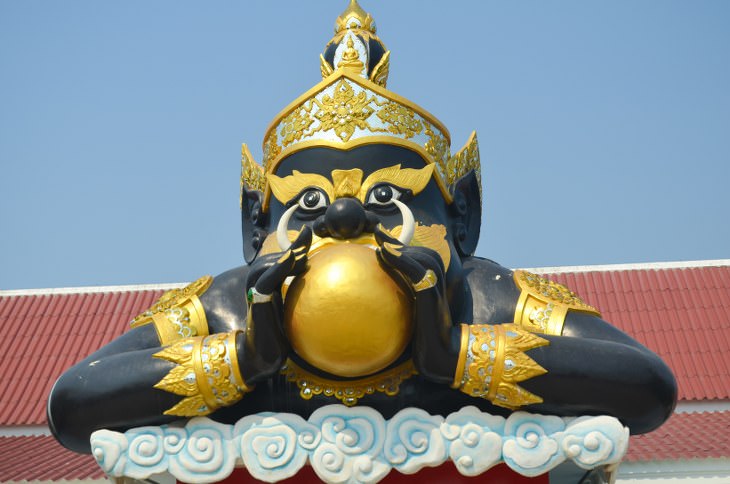
While modern science and astronomy can easily explain what happens during a solar or a lunar eclipse, many ancient cultures had to come up with their own explanations for such peculiar natural phenomena. Below, you'll find five of the most exciting and fantastical eclipse-inspired myths and legends that are bound to tickle your imagination.
If you feel that you've leant something new today, don't forget to share this article with your friends and family too.




